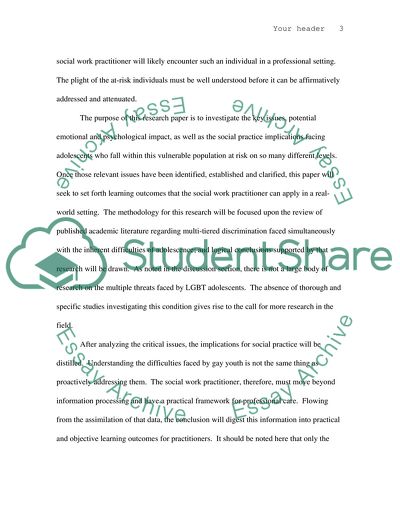Cite this document
(Accumulated Oppression in Sexually Diverse Youth Research Paper, n.d.)
Accumulated Oppression in Sexually Diverse Youth Research Paper. Retrieved from https://studentshare.org/gender-sexual-studies/1706244-practice-with-sexually-diverse-populations
Accumulated Oppression in Sexually Diverse Youth Research Paper. Retrieved from https://studentshare.org/gender-sexual-studies/1706244-practice-with-sexually-diverse-populations
(Accumulated Oppression in Sexually Diverse Youth Research Paper)
Accumulated Oppression in Sexually Diverse Youth Research Paper. https://studentshare.org/gender-sexual-studies/1706244-practice-with-sexually-diverse-populations.
Accumulated Oppression in Sexually Diverse Youth Research Paper. https://studentshare.org/gender-sexual-studies/1706244-practice-with-sexually-diverse-populations.
“Accumulated Oppression in Sexually Diverse Youth Research Paper”, n.d. https://studentshare.org/gender-sexual-studies/1706244-practice-with-sexually-diverse-populations.


